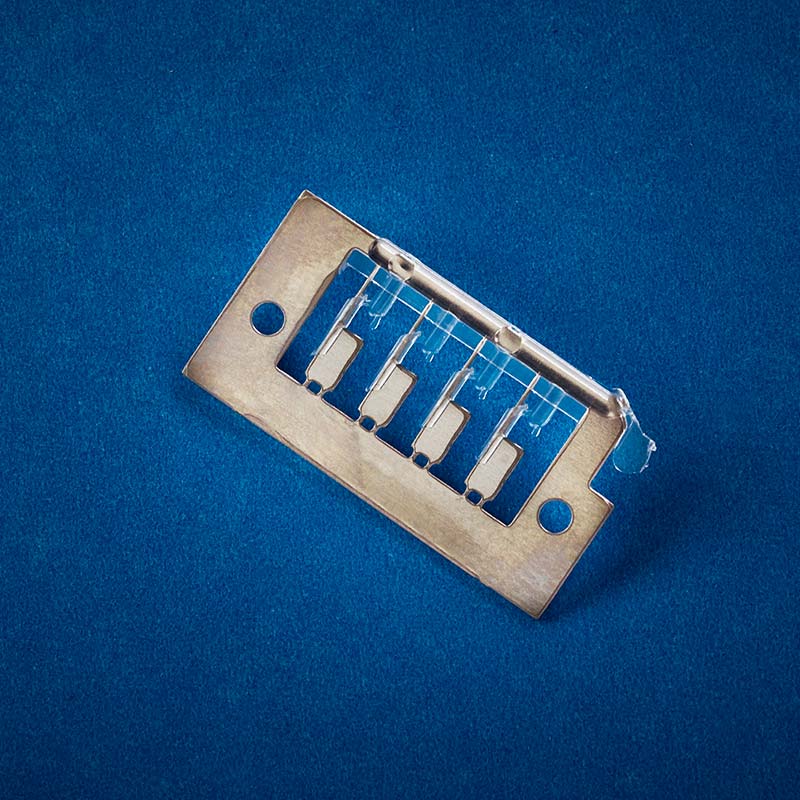Medical devices are used to make treatments more effective, but new innovations in the medical device industry could make these treatments obsolete. In this article, you'll learn how bioresorbable medical device research & development led to a breakthrough that improved the quality of treatment for patients.

What is Bioresorbable Medical Device Research?
Bioresorbable medical devices are essentially soft, biodegradable materials that can be used in medical procedures. These materials are designed to dissolve and break down in the body, eventually leaving behind only harmless byproducts. This process allows for rapid and efficient removal from the body, which can lead to improved patient care. Bioresorbable medical devices have the potential to revolutionize healthcare by making treatment more effective and efficient.
How is Bioresorbable Medical Device Research Changing Healthcare?
There are many different types of bioresorbable medical devices, each with its own unique properties and uses. Some of the most common bioresorbable medical devices include stents and injectable drugs.
Stents are a type of medical device that is often used to open up a narrow passage in the heart or other large organs. They are made from a variety of materials, including metal and plastic, and can be dissolved by the body over time.
Injectable drugs are another type of bioresorbable medical device. These drugs are typically injected into the body to treat diseases or conditions. The drugs can be absorbed by the body and eliminated over time, which reduces the risk of side effects.
Bioresorbable medical devices are changing healthcare for many reasons. First, they are easier to use and less invasive than traditional medical devices. Second, they offer patients greater flexibility in their treatment options. And finally, they reduce the amount of waste generated by traditional healthcare practices.